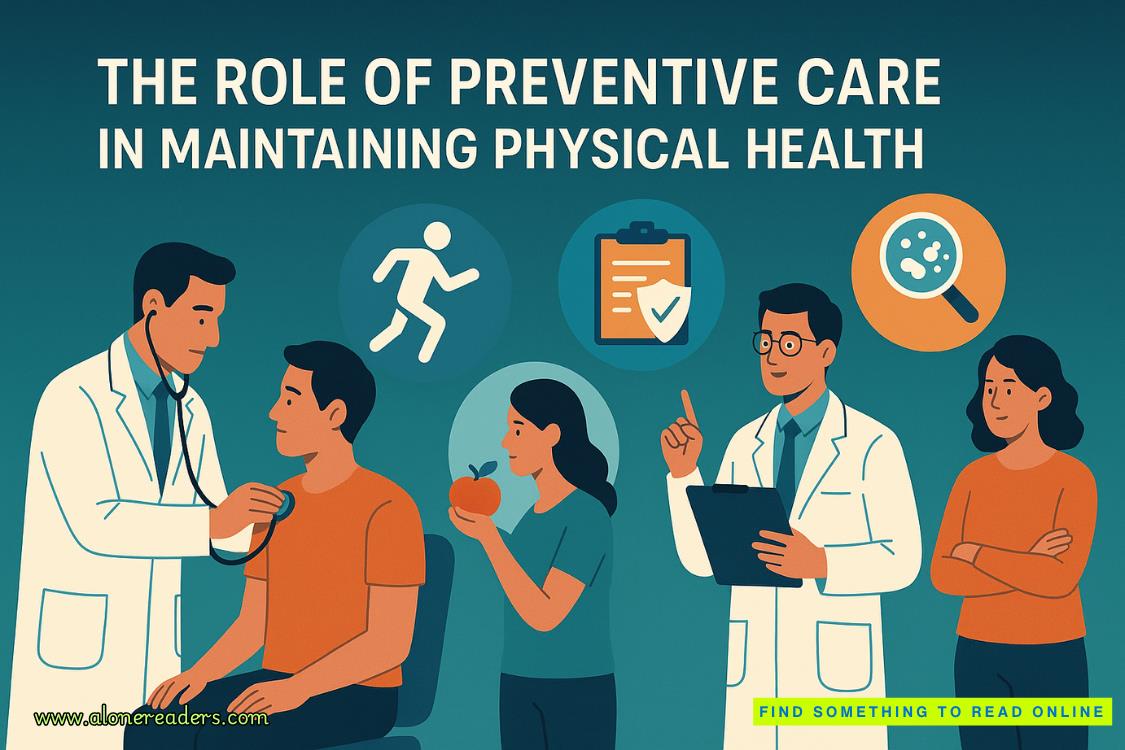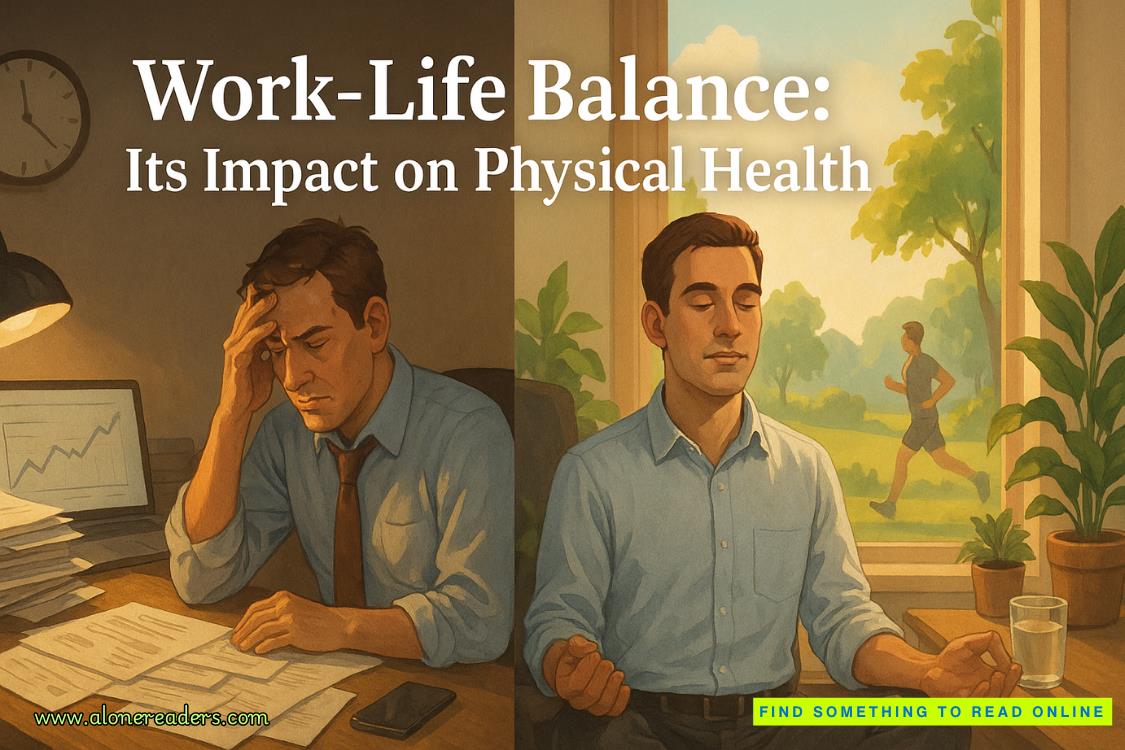“Harry, come on. This is exactly why we review cases. To see with new eyes. To see what was not seen before. So take the win here. You have a whole new angle to work.”
“Will you send it to me?”
“Yes, I’m sending. But don’t go running off on this. I need you on Pearlman and Wilson. I mean it.”
“Don’t worry, you’ll have my take on the crime scene and forensics by the end of the day.”
Bosch went back to his station to await her email. Once he had the NCIC report pulled up on his screen, he sent it to the printer. He noted that Boatman’s last arrest was two years before. He might have cleaned up since then and kept himself right—with the law, at least. The fact that he reportedly had a job as a greenskeeper was a strong indication of recovery.
He looked at the booking photos that were part of the package and committed Boatman’s face to memory. He then googled an address for the Sand Canyon Country Club and entered it in his phone’s GPS app.
Bosch closed his laptop and got up to go to the printer and then his car.
“Harry, are you leaving?” Ballard asked as he crossed behind her.
“Printer,” Bosch said. “Then I’m going to take a drive.”
“A drive? Where?”
“Don’t worry, I’ll be back.”
He could feel Ballard staring at him as he kept going.
While buckling up in the Cherokee a few minutes later, he got a text from Ballard. She was upset.
You undercut my authority when you walk away like that. Please don’t do it again.
Bosch felt both contrite and annoyed. He was trying to solve the murder of a family, and to him that took precedence over everything else in the world. He texted her back but restrained himself from saying anything that would inflame the situation any further.
Sorry about that. You know how I get on a case. Won’t happen again.
He waited to see if there was a reply. When there wasn’t, he started the car and headed for the parking lot exit.
A few minutes later, Bosch was on the northbound 405 in moderate midmorning traffic. The freeway was elevated here and he had a good view of the towers of Century City coming up on his right and the Santa Monica Mountains dead ahead. His GPS app told him it was going to be fifty-eight minutes before he arrived at the Sand Canyon Country Club. He turned KJazz on the radio and caught the Shelly Berg Trio’s take on “Blackbird,” the old Beatles song.
He turned it up. It was good driving music.
13
BALLARD TOLD HERSELF not to be annoyed with Bosch. She knew that putting him on a team did not make him a team player. That was not in his DNA. She got up and went to his workstation. The package from the Wilson case that she had put together for him was sitting on the desk. He had said she’d have his review by the end of the day, but not if he did not have the records with him to review. She picked up the stack and went back to her station. She would do the work on it if Bosch wouldn’t.
In the breakout of team assignments on the case, Ballard had given herself the digital media associated with Laura Wilson. Data from the victim’s laptop and cell phone had been downloaded by the original investigators onto thumb drives that were slipped into the pocket on the inside cover of the murder book. Ballard had gone through the material on each drive earlier and had planned for a deeper dive. But she decided to put that digital work aside and to first review the materials she had given Bosch.
Since she had already studied the forensic reports and crime scene photos at length after connecting the Wilson and Pearlmancases, she decided to approach this new review differently. Whether in person at a crime scene or when looking at photos, the investigator always focuses on the center—the body. These photos were as horrible to look at as those of Sarah Pearlman. A young woman’s body violated in many ways. A still life of stolen hopes and dreams. Ballard decided to put these aside and work her way from the outside in.
The crime scene photographer had been thorough and had taken dozens of “environmental” shots depicting the victim’s entire home—inside and out—at the time of the murder. These included shots of the contents of closets and cabinets and drawers and of photos framed and hung on the walls. All of this allowed the case investigators ready access to the entire environment of the killing location. It also allowed them to better understand the victim by seeing how she had set up her home. It gave them an idea of the things that were important to her in life.
Though Wilson’s apartment had only one bedroom, there was ample storage space for clothes and other belongings. Ballard moved slowly through the photos, enlarging areas that caught her interest as she went. The clothes in the walk-in closet indicated that either Wilson dedicated a large amount of her income to what she wore or money for her wardrobe was part of the support that came from her parents or other acquaintances. Nothing in any of the records showed that she’d had a current boyfriend. She had been on two fledgling social media apps at the time—Myspace and Facebook—but Ballard’s earlier review of those did not show Wilson as a Hollywood party girl. She seemed to be quite serious about her five-year plan, and the rich assortment of clothes and shoes in her apartment weremost likely part of that. Some taped auditions on her computer showed that she often tried out for young but sophisticated roles in movies and TV. In each of these she had dressed the part, and now Ballard was looking at the walk-in closet where Laura had put together those outfits. There was something depressing about it—that this young woman had had a plan, that she worked hard at it, prepared herself for it, stood in front of the mirror on the closet door and made sure she looked just right for a part, and that all her ambition was taken away in a horrible night of violence. Ballard made a vow to herself that she would never put this case back on the shelf. That no matter what happened, she would work this case as long as she was working cases.
The emotion of the moment hit her and made her go to the murder book to find the contacts page. The next of kin were listed as parents Philip and Juanita Wilson in Chicago. In short descriptions, Philip was listed as a fourteenth-ward committee member and Juanita was listed as a schoolteacher. Ballard knew she would be opening old wounds by calling, but she also knew parents never got past the death of a child at any age. Ballard wanted them to know the case was not on a shelf anymore and was being worked.
She called the number, and it was still good after seventeen years. An old woman’s voice answered. If Laura Wilson were still alive, she would be over forty, putting her parents at least in their sixties and probably older.
“Mrs. Wilson?”
“Yes, is this LAPD?”
Ballard realized that her desk phone probably carried a generic LAPD ID.















